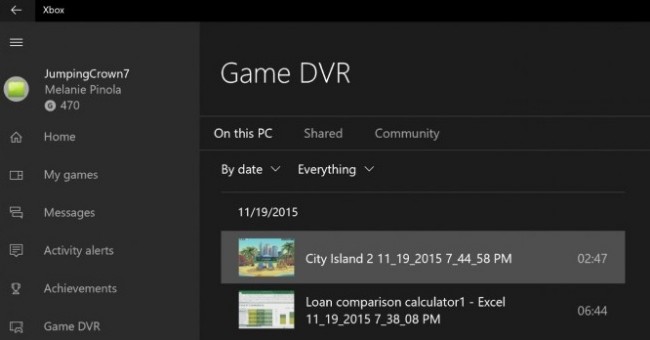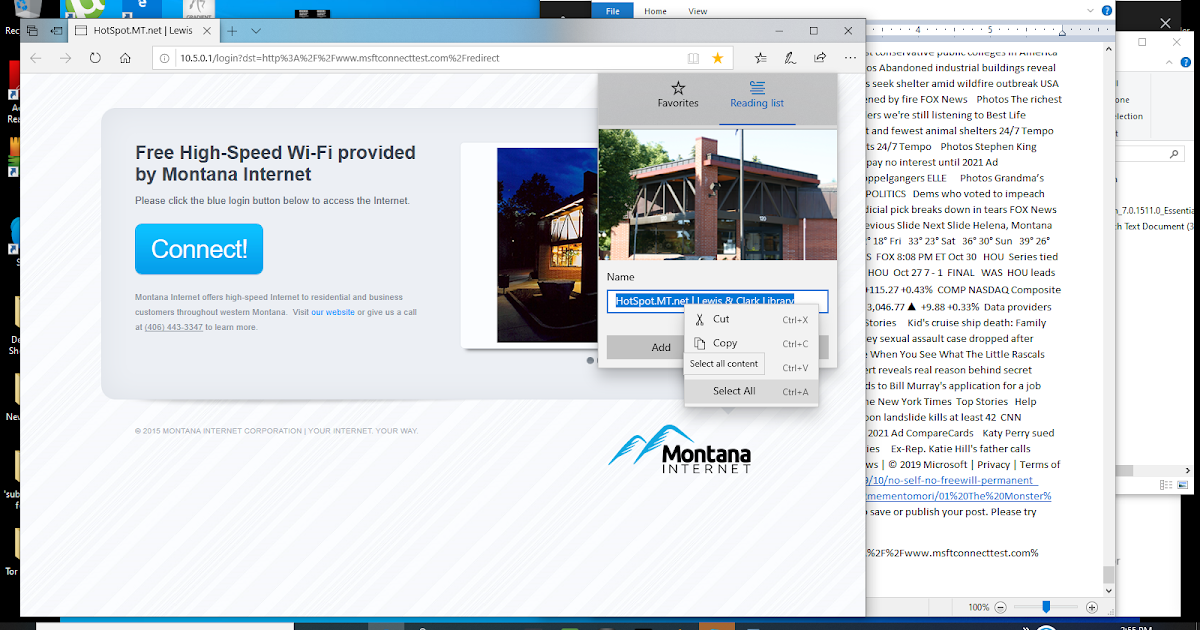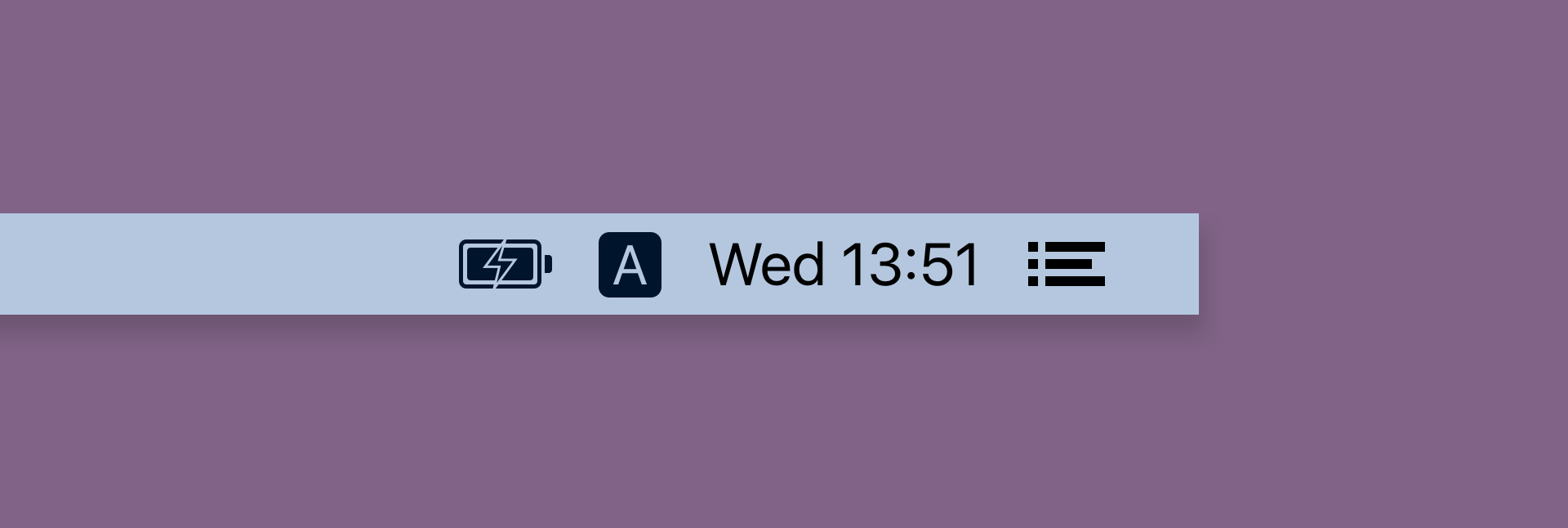Check 'App Library Only.' That will force new apps to only appear in the App Library instead of on your home screen. Next, you can clean up all your apps by turning off the various pages they. While Apple Notes checks off most of the boxes, it may not fit into everyone’s needs. This is where the best Notes app alternatives for Mac come into the play. Aside from making the task of note-taking pretty straightforward, these third-party apps also double up as a super handy annotation and writing tool.
Installing a software or app is extremely easy and so does uninstalling the software when you don't need them anymore? Many times, for some unknown reason, a Mac system denies to remove some data. If this is happening with you then the first thing you could try is to restart the computer and then try to remove it again, but still failed! Then what should you do?
You can only have six apps on the bottom of your screen at a time. If you would like to move a selected app to the tray at the bottom just place your finger on the selected app and hold it there till a black cross appears. Then move it down slowly with your finger. How To + Software & Apps. Navigate the Menu Bar, Dock, and More, Using Your Mac’s Keyboard. Posted on July 10th, 2017 by Craig Grannell. You likely spend plenty of time using a mouse or trackpad to move a cursor and click on things. But keeping your hands on the keyboard can be more efficient.
Quicken for Mac software and the Quicken App are not designed to function outside the U.S. The VantageScore provided under the offer described here uses a proprietary credit scoring model designed by VantageScore Solutions, LLC. There are numerous other credit scores and models in the marketplace, including different VantageScores. To access it, move the mouse pointer right to the top of the screen. On selecting any menu item, the menu bar will disappear again. Similarly, when an app is in full-screen mode, the menu bar is. Vanilla will never nag you to upgrade, but if you’d like, you can unlock the Pro version to reach peak Mac minimalism. Perfect your menu bar by completely hiding icons Hide any app icon from your Mac’s menu bar.
On the other hand, there are many stubborn software that won't get uninstalled whatsoever. You will continuously get errors, warning and unknown issues when uninstalling them. These are usually infected with viruses or the developers don't intend to let you uninstall them. This could be really very intimidating especially when they are slowing down your computer. In this article, we will show you few simple tricks to remove unwanted apps or softwares that won't delete on Mac.
Part 1. How to Delete Apps in the Finder on Mac Manually (the Hard Way)
Unlike Windows computers, Mac works a little distinctly. All the programs and apps are stored in the Application directory. The app and software configuration settings are saved in the Library/Preferences folder and any other additional supporting data are saved in the /Library/Application_Support folder. In order to remove the Apps in Mac, you only have to open the application folder and drag the app to the Bin or Trash Can. This is rather easy if the program is uninstalled simply.
However, if the application still denies to uninstall and stays on the Mac then we need to get another solution below.
Delete the Preferences
If you can't delete the app by using the above method then the reason could be that the preferences folder of that app still exists. Let's go and delete that first.
Step 1. Open Finder then click on the Go option from the dropdown menu.
Step 2. When the menu pops down, simple press the Option key and keep holding it.
Step 3. You will now see the Library option right between the Computer and Home options. Click on it and the folder should open.
NOTE The final necessary thing to do after uninstalling a program is to empty the trash can or Bin. Dragging and dropping a software shortcut icon to the Bin will actually do nothing. It is only erasing the shortcut, this won't uninstall the program. It is still laying somewhere in your computer however, if you empty the trash then the application is truly removed.
However, there's also a chance that the software files must have stored in the computer somehow, which happens quite often. So, if you are not able to remove Apps by yourself then it's better to take help from an automatic Mac program remover like CleanGeeker in Part 2..
Part 2: Completely Remove Unwanted Apps that Won't Delete on Mac (Easy Way)
When any app is fishy enough not to get deleted from a Launchpad or Finder then you will have to use some sort of force to delete that. TunesBro CleanGeeker is one of the most powerful Mac app remover that helps to remove any app or software as well as the trace from the Mac without destroying your system. Unlike other App removers, CleanGeeker can deeply scan and remove multiple apps at once, including corresponding files and preferences. It also has other miscellaneous functions as well like cleaning junk files, clearing app caches and finding + deleting duplicate items from the computer like music, documents, pictures, videos, etc. To summarize, CleanGeeker is used to optimize and organize your Mac so that it remains clean and fast as a thunder.
CleanGeeker - Force to Delete Apps on Mac, Easy and Safe!
- Locate all the installed apps on your Mac and shows them in a list.
- Deeply scan and remove apps along with its remaining files like caches, or junk files.
- Force to remove unwanted app that won’t uninstalled, easy and safe! Never destroy your system.
- Optimize and improve your Mac’s space and performance.
Step 1Download and Install App Remover Tool on Your Mac
Download the App remover and install it normally on your Mac. Launch the program and enter the license code to activate the software. On the main user interface, you will be able to see multiple options on the screen. Just click on 'Uninstaller' from the mid left sidebar.
Step 2Scan All Apps that Installed On Your Mac

Let the program search all the apps installed in your computer. It may take few minutes.
Step 2 Found and Remove Unwanted Applications on Mac

Once the scanning is done, you should be able to look on all the apps that has been installed in the system. Choose the app that you want to remove and select the 'Delete' button once.
There's no software or apps that cannot be removed with CleanGeeker and that's why it's now a must have tool for everyone. Moreover, it helps to speed up your computer unbelievably fast and run it like it used to when you first bought it.
Part 3: Delete Apps Downloaded from Mac App Store
One of the best alternative to delete any app is by simply deleting it from the sales page from the App Store. Once you have done that, you will no longer be able to download it form there anymore. But, the app will remain active in the iTunes account which is associated with that. So, if you wish to download or update it later from the iTunes then you will be able to do that. But the important thing is: Once you delete any app which you have downloaded from Apple App Store, you won’t be able to recover that app or find the SKU to install it again.
So, if you want to delete any app from App Store without actually removing it then follow these steps –
Step 1. Open the Launchpad from the Dock section. At this point you should be familiar with it if not then just find the Rocket icon.
Step 2. After the Launchpad is opened, it will replace the existing Windows with the apps that are provided by default in alphabetic order. You can obviously do many things using this tool but at this moment we are just erasing the unwanted apps.
Step 3. Just like any iPhone or Android phone, click and hold on the app that you want to delete until it starts dancing. Next, click on the 'X' mark with your mouse or touchscreen.
Step 4. Now, confirm that you want to delete by clicking on the 'Delete' button once and the system will get rid of it instantly.
Done! Keep in mind, that you should not worry about accidentally delete the apps that you want to keep in Mac. You’re allowed to obviously re-install any app that you have deleted before without paying any extra. Simply go to the app store and it’s done.
Related Articles & Tips
Make your Mac invincible
Without a doubt, the menu bar is one of Mac’s great features. It’s condensed, easy to tap into on the fly, and displays much-needed information in real time.
But, with every new icon app added, things become a little more cluttered and usability takes another hit. Fortunately, it’s possible to edit the menu bar to rearrange and remove icons so that it’s able to suit your needs at any given moment. Read on for the best ways to make the menu bar on Mac truly yours.
A tool that perfects menu bar
Rethink the menu bar with this app. Bartender customizes one of the main parts of Mac's interface, efficiently.
How to rearrange items in menu bar
How much freedom you have to rearrange items in menu bar depends on which version of macOS you’re running. The users of macOS Sierra and later definitely have more creative license here than others. And if you are not there yet, it’s time to upgrade to the newest macOS anyway.
Rearranging menu items in macOS
To move an icon in the menu bar, hold Command (cmd), then click and hold the icon to drag it across the bar. Simple.
There are no restrictions here — feel free to move icons anywhere you see fit. Don’t like the clock all the way over there on the right-hand side? Drag it to somewhere more suitable. Want to place the Setapp icon over to the area of the bar once reserved for first-party apps? Do it!
The only icon that cannot be tampered with is the Notification Center. Apple has decided this must remain in the far right corner of the menu, which is fair enough — it looks good there.
Rearranging menu items in OS X versions (El Capitan and older)
Movement of icons in old versions of macOS is reserved for selected apps only: Bluetooth, audio, Time Machine, WiFi, battery, clock, and user switching. Spotlight and Notification Center must stay put, as must all third-party apps.
To move icons around within the designated area, once again hold Command, then click and hold the icon to drag it.
How to remove icons from the top bar on Mac
If there are items in the menu bar that you feel don’t belong there, hold Command, click on the icon, and drag it outside of the menu bar.
Note: this only works for first-party icons.
It is possible to remove third-party icons from the top bar on Mac by clicking on them and selecting “Quit” or “Close,” but this will stop the app from working until you reopen it.
Some apps give the option to remove icons from the top bar on Mac in their settings: [chosen app] > Preferences. However, a lot of apps won’t. To fully customize which icons appear in the menu bar, you should use a third-party app like Bartender.
If you’ve removed the first-party app and you’d like it back on the menu, it can be re-enabled in System Preferences.
How to add icons to the top bar on Mac
If you’re missing a specific system icon in the Mac’s menu bar, you can add it through System Preferences. For instance, to enable the Language icon, select Language & Region in the preference pane, click Input Sources, and check the box next to “Show Input menu in menu bar.”
Add menu bar extras
Because the menu options like Clock and Ink can’t be found in System Preferences, you might need to use the System folder as well:
- Open Finder.
- Select Go > Go to Folder from the menu bar.
- Type a path: /System/Library/CoreServices/Menu Extras.
- Double-click an item and it will instantly appear in your menu bar.
You can easily remove any of the icons by holding Command and dragging it outside of the menu bar as described above.
How to customize and tidy Mac menu bar
It’s possible to change the look of the default menu bar items in System Preferences and third-party apps’ ones in their respective preferences. Most of the time, you’ll be able to at least switch the color to black and white.

Change how the date and time are displayed in the menu bar
In the right corner of your menu bar, click on date and time to Open Date & Time Preferences. Go to the Clock tab and unlock the preferences by entering your administrator password, so that you can make changes. To customize the look of the clock, choose between two different time display options: Digital or Analog. You can also tick the boxes for “Show date” and “Show the day of the week.”
To instantly toggle between different display options, click on date and time in the menu bar and choose “View as Analog” or “View as Digital.”
How to use your battery status on Mac
Keeping track of your battery life from the menu bar takes a few simple actions and yet is vital to Mac’s performance.
Click on the battery icon and tick Show percentage to see how much battery power you have left. In the same drop-down menu, you can check the programs that are using significant power in case your battery is draining too fast. To optimize battery usage, select “Open Energy Saver Preferences” and adjust sleep settings.
Toggle between fast user switching icons
There are three different options on how the Fast User Switching menu can be displayed in your Mac’s top bar – as a full name, account name or icon. Here’s how you do the customization:
- Click on the icon and open Users & Groups Preferences.
- Enter your password to unlock.
- Select Login Options in the bottom left corner of the Users & Groups.
- Go to “Show fast user switching menu” and pick one of the options.
- Untick the box if you prefer to remove the icon from the menu bar.
Show Wi-Fi status in the menu bar
To enable the Wi-Fi icon in your Mac’s top bar, go to System Preferences and select Network. Tick the box next to “Show Wi-Fi status in menu bar.”
How to replace menu bar app icons
If you want to have custom icons in your Mac’s menu bar, there’s a way to replace the default ones. To change the icon of a third-party app, find it in Applications, right-click to open a context menu, and choose “Show Package Contents.” Go to Resources folder to find the defaults – these can be used as templates for the new icons. Once you have a custom icon ready, simply copy it into the same Resources folder.
The same works for system icons, except you won’t find all of them in Applications. Here’s the path for you to take: Hard Disk > System > Library > CoreServices > Menu Extras. Once you’ve found the item you need, click on “Show Package Contents” and navigate to the icon via [MENUITEM.menu] > Contents > Resources.
In both cases, it’s a good idea to create backups of the default icons before replacing them – just in case you’ll need them later.
Hide menu bar items
One low-key feature on Mac is the ability to auto-hide menu bar. To do this, open System Preferences > General. Check the option to “Automatically hide and show the menu bar” and the menu bar will immediately disappear.
To get the menu bar to show up again, simply move the cursor to the top of the screen and hold it there for a second. Now you can access the menu whenever you need it and enjoy an extra bit of screen real estate when you don’t.
Customizing the menu bar with Bartender
If you want more control over how the menu bar looks and what it does, you should consider using the Bartender app.
Bartender lets you hide icons without quitting and rearrange icons in a way that better suits how you use the menu bar — something particularly useful if you’re running an older version of macOS.
Cannot Move App To Bar Macro
App icons can be displayed when updating, shown in the Bartender Bar only, or hidden completely and accessed easily using a built-in search function. It’s even possible to toggle through and activate items using keyboard navigation.
If you’re someone that prefers a minimalist look, the app gives you the option to remove the Bartender menu item, leaving you with a crisp, clean menu bar.
Overall, the Mac menu bar is there to help you improve your productivity by giving you quick access to the apps and tools you need. Using the tips above, you can customize the menu bar in a way that works for you. Best of all, you can get full access to Bartender and over 150 more high-quality macOS apps on Setapp, with a 7-day free trial to get you started. So why not get your menu bar organized now?
Meantime, prepare for all the awesome things you can do with Setapp.
Move Mac Files To Pc
Read onSign Up